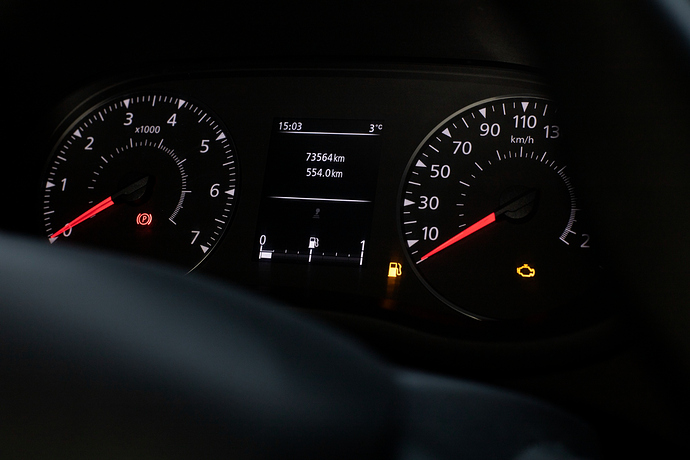The check engine light is one of the most misunderstood and often ignored warnings in a vehicle’s dashboard. When this light illuminates, it signals that the car’s onboard diagnostic system (OBD-II) has detected a potential issue within the engine, exhaust, or emission control systems. While it could indicate something as minor as a loose gas cap, it might also point to more serious problems like a faulty oxygen sensor, malfunctioning catalytic converter, or engine misfire. Ignoring the check engine light can lead to decreased fuel efficiency, poor performance, and potentially expensive repairs. Understanding the common causes, reading diagnostic trouble codes (DTCs), and taking timely action can help prevent long-term damage. Whether you’re a car owner looking to troubleshoot the issue or a mechanic offering solutions, knowing what the check engine light means is essential for keeping your vehicle running safely and efficiently.

